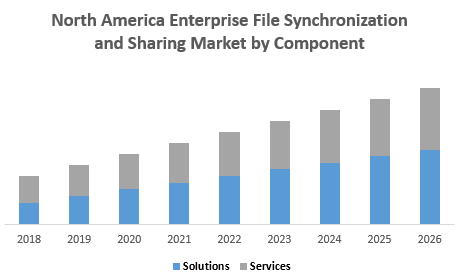

While there are many overlaps, both solutions still differ in some ways. Similarly, digital asset management systems, such as Bynder, almost always have secure internal and external file-transferring capabilities. Many of today’s EFSS solutions have the ability to store, organize, and even edit digital files. Yet over time, EFSS and DAM have started to overlap when it comes to features and functionality. Digital asset management was more geared towards the management and storage of media files. As the name suggests, EFSS was primarily focused on sharing and syncing digital files.
#Enterprise file synchronization and share software
In the early days of both EFSS and digital asset management, they were pretty much two distinct areas of software serving different needs. What’s the difference between EFSS and digital asset management? Likewise, EFSS should be readily adaptable and compatible with a range of devices, i.e. Not only that, but modern enterprises use a variety of different devices to create, edit, and store files. Any quality EFSS solution should be able to manage these files with ease. xls files used in accounting to bulky design files (such as. But to be truly classed as an EFSS solution, the software should be able to transfer the typical file types that are used by large businesses. This all depends on the EFSS provider that you choose. What file types can EFSS software transfer? Understandably, many organizations need a safe and secure way to transfer sensitive corporate files, which is exactly what EFSS software aims to address. Sharing files between colleagues and out to external parties is part and parcel of modern business, yet all too often employees rely on consumer-grade tools to transfer sensitive company information. This is a service that offers large businesses and enterprises a secure way to transfer files both internally and externally.

EFSS is the abbreviated term for enterprise file synchronization and sharing.


 0 kommentar(er)
0 kommentar(er)
